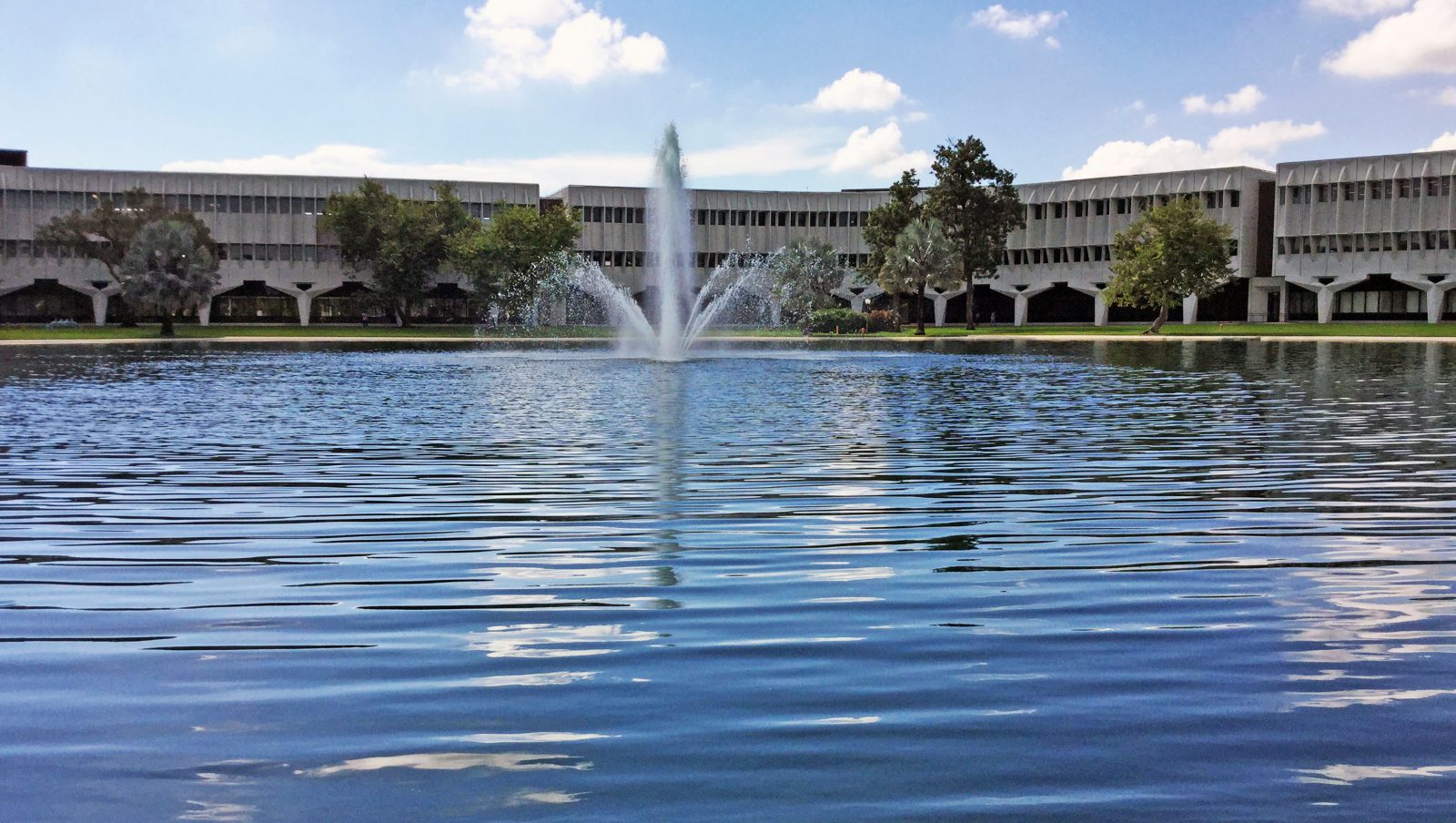
The Summer Heat and Your Waterbody
 Summer affords us many opportunities to enjoy the lakes and ponds of our public parks, residential communities, or even in our own backyards. Longer days and pleasant weather go hand-in-hand with great opportunities for wildlife observation, good fishing, and more time for relaxing by the water. However, warmer temperatures and increased sunlight of the summer months can also result in a few common lake and pond problems, such as algal blooms, nuisance aquatic vegetation growth, mosquito breeding, and an overall degradation in water quality. As part of a contracted year-round lake and pond maintenance plan, the SOLitude Lake Management team consistently monitors our clients’ waterbodies for signs of these common problems and will implement preventative treatment measures when applicable. In the event that symptoms become visible, such as nuisance algae or aquatic weed growth, we will always be prepared to treat during our routine visits. Do not be alarmed if you see algal blooms in between our routine visits, as they will be treated during our next service. In addition to preventative and routine treatment measures, there are several other items to consider to ensure your lake or pond is at its best throughout the long, hot summer.
Summer affords us many opportunities to enjoy the lakes and ponds of our public parks, residential communities, or even in our own backyards. Longer days and pleasant weather go hand-in-hand with great opportunities for wildlife observation, good fishing, and more time for relaxing by the water. However, warmer temperatures and increased sunlight of the summer months can also result in a few common lake and pond problems, such as algal blooms, nuisance aquatic vegetation growth, mosquito breeding, and an overall degradation in water quality. As part of a contracted year-round lake and pond maintenance plan, the SOLitude Lake Management team consistently monitors our clients’ waterbodies for signs of these common problems and will implement preventative treatment measures when applicable. In the event that symptoms become visible, such as nuisance algae or aquatic weed growth, we will always be prepared to treat during our routine visits. Do not be alarmed if you see algal blooms in between our routine visits, as they will be treated during our next service. In addition to preventative and routine treatment measures, there are several other items to consider to ensure your lake or pond is at its best throughout the long, hot summer.
Lake and pond aeration is an essential factor in achieving and maintaining good water quality, and can help reduce or eliminate some of the common problems previously mentioned. Installing a properly sized submersed aeration system and/or aerating fountain are great steps toward improving water quality. A biological control method to consider if battling mosquitoes or certain species of aquatic vegetation is stocking your lake or pond with fish. SOLitude’s Fisheries Management team can assess your needs and stock your waterbody with the appropriate species, size, and number of fish to achieve your management goals.

Finally, one of the easiest and most helpful steps in maintaining a healthy pond during the summer months can be done in your own backyard. By leaving at least a three foot swath of grass uncut around the shoreline of your lake or pond, you are providing a natural buffer that will help filter nutrients from the runoff water entering your lake or pond. Nutrient reduction is key to limiting nuisance algae and aquatic weed growth. And, if you do happen to mow too close to the water, just be sure and aim those nutrient-rich grass clippings away from the water.SOLitude strives to bring out the best in each and every one of the ponds we service through diligent monitoring and effective treatment. We welcome your feedback – whether questions, comments, or concerns – and look forward to a great summer.
Contact Us
Call 888-480-5253 or complete the form below to connect with a lake management expert.









